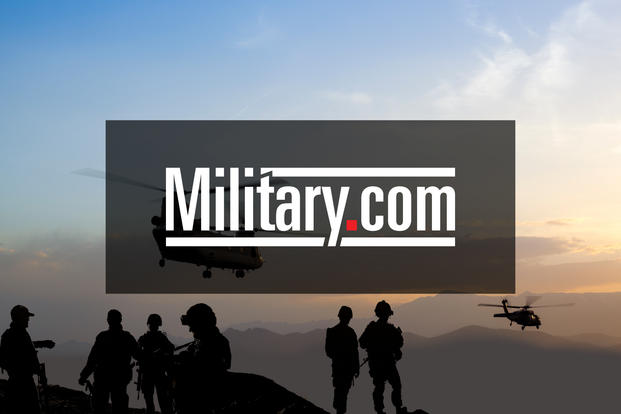The U.S. will spend more and devote more of its newest assets to the Pacific in the next phase of the rebalance of forces to the Asia-Pacific region to reassure allies and keep China at bay, Defense Secretary Ashton Carter said Thursday.
"The United States will continue to sharpen our military edge so we remain the most powerful military in the region and the security partner of choice," he said.
"We're going to have a few surprises as well," he added, describing them only as "leap-ahead investments."
In an address aboard the aircraft carrier USS Carl Vinson in San Diego harbor, Carter said the U.S. will increase investments in resources in what he called the "third phase" of the so-called Pacific pivot that began five years ago.
Among the investments singled out by Carter were:
- Tripling the Tomahawk missile capacity of Virginia-class submarines assigned to the Pacific;
- Increasing funding for undersea drones -- in multiple sizes and diverse payloads -- that can operate more effectively in shallow waters where manned subs cannot;
- Refitting the SM-6 supersonic missile so it can also strike enemy ships at sea at very long ranges;
- Investing in other advanced munitions to improve range and accuracy for land attack and anti-ship missiles, including new torpedoes.
"We're going to have a few more surprises as well," Carter said. "These 'leap-ahead' investments will keep us ahead in the Asia-Pacific and elsewhere. Now, I can't share all the details on these for obvious reasons," but the U.S. will be carrying out "some very creative -- and unexpected -- ways to use missiles across the varied domains of the Asia-Pacific."
In addition to the U.S. rebalance, Carter said that the Association of Southeast Asian Nations is developing a "networked, multi-lateral regional security architecture from one end of the region to the other" to ensure freedom of navigation. Carter is scheduled to host a meeting of the ASEAN defense ministers in Honolulu on Friday.
"So we'll play our part, including in some specific ways" on military cooperation in the region, Carter said.
In the future, "American personnel postured throughout the region -- in Australia, on Guam and elsewhere -- will deploy more often to operate with both their American colleagues and their regional counterparts. That will help us solidify military-to-military relationships, strengthen security cooperation, and enhance deterrence," he said.
-- Richard Sisk can be reached at Richard.Sisk@Military.com.
Don't Miss a Single Military.com Story
To read the full article and get exclusive benefits, sign up today.
It’s FREE
Why am I seeing this? Visit our FAQs



























